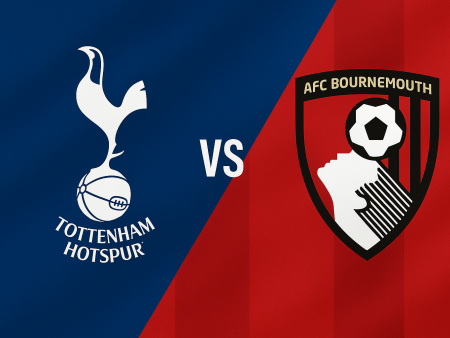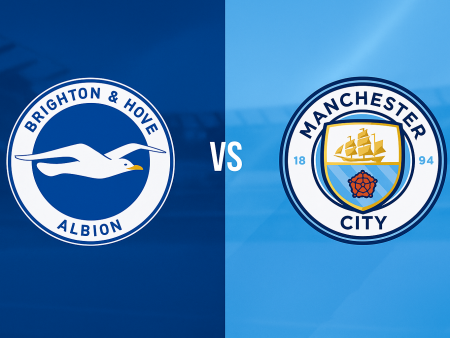Comprehensive Tactical Review: Borussia Dortmund's 6-0 Triumph Over Borussia Monchengladbach
After a challenging night in the UEFA Europa League, Borussia Dortmund needed an immediate turnaround as they faced Borussia Monchengladbach in Bundesliga action. While Gladbach had appeared out of sorts for much of the season-except for a strong outing against Bayern Munich-Dortmund went into this match with a history of positive results against their opponents. On this occasion, Dortmund produced an emphatic 6-0 victory, showcasing tactical superiority, especially through the heart of the pitch. This article explores the strategic adjustments that propelled Dortmund's dominant performance on Matchday 23, with a focus on their switch to a 3-4-2-1 formation.
The Impact of Dortmund's Shift to a 3-4-2-1 Setup
In response to a series of underwhelming displays using a 4-2-3-1, head coach Marco Rose reverted to a 3-4-2-1 formation-a configuration that had previously delivered positive results earlier in the campaign. This tactical tweak was vital for several reasons:
- It allowed the inclusion of an extra center-back, offering greater defensive protection for Dortmund’s backline, particularly for players such as Dan-Axel Zagadou and Mats Hummels, whose lack of pace can be exposed during transitions.
- Raphael Guerreiro featured as a wing-back, a role that amplifies his attacking creativity while minimizing defensive vulnerabilities.
- The system facilitated better structural support across the pitch, enhancing both defensive solidity and attacking potential.
Thorgan Hazard, deployed as a wide midfielder, mirrored the approach seen at Atlético Madrid with Yannick Carrasco-a winger used for his width rather than pure defensive qualities. Marius Wolf, introduced later in the match, further exploited this position, winning a penalty and scoring a goal by expertly timing his runs and distributing play.
Meanwhile, Guerreiro utilized freedom to drift inside from the left, drawing Gladbach’s defensive structure out of shape and contributing to central overloads.
Midfield Mastery and Defensive Stability
Dortmund's revamped system enabled the team to dominate the center of the pitch. With the 3-4-2-1, the Black & Yellows routinely overwhelmed Gladbach's two-man midfield. Jude Bellingham delivered an impressive performance in a deeper-lying role, balancing defensive duties alongside Mahmoud Dahoud. Both midfielders displayed:
- Smart positional sense, often screening Gladbach’s inverted wingers and blocking passing lanes.
- Flexibility in shape, adjusting between a 5-4-1 and a 5-2-1-2 when defending, thus denying space in critical areas.
- Effective pressing when the opportunity arose, at times shifting into a makeshift 5-1-3-1 to disrupt Gladbach’s attempts to build from the back.
Despite Dortmund’s dominance, goalkeeper Gregor Kobel produced a series of crucial saves early on, particularly denying Kouadio Kone, which prevented Gladbach from gaining an early foothold in the match.
Fluid Attacking Movement and Central Overloads
At the forefront of the attack, Dortmund’s playing style was characterized by fluid positional interchanges and creative freedom. Despite initial plans to rest Julian Brandt and reintroduce Gio Reyna, Reyna’s early withdrawal allowed Brandt to further energize the midfield. Marco Reus, floating between the lines as a hybrid attacking midfielder and wide player, orchestrated numerous attacks and was directly involved in five of Dortmund’s six goals, registering both a brace and three assists.
Key attacking strategies included:
- High-frequency positional rotations between Brandt, Reus, and supporting wide players, creating persistent confusion in Gladbach’s defensive lines.
- Overloads in central areas, exploiting Gladbach’s 5-2-3 defensive shape and taking advantage of wingers who failed to recover after being bypassed.
- Fast, incisive combinations that caused Gladbach’s center-backs to leave their positions, opening gaps for Dortmund’s runners.
Removing Kone from midfield further weakened Gladbach’s resistance, allowing Dortmund additional space to orchestrate attacks centrally.
Vulnerabilities and Areas for Improvement
Despite their overwhelming control, Dortmund still showed moments of vulnerability, especially on their left flank:
- Gladbach’s most promising attacks came from targeting the space behind Guerreiro, who often operated high up the pitch, and between the less-mobile Zagadou.
- Jonas Hofmann nearly capitalized on this with a powerful shot that hit the crossbar in the second half.
- While the 3-4-2-1 provided more security, opposition teams with efficient counter-attacking tactics-much like Bayer Leverkusen previously-could continue to find opportunities down this side.
For Dortmund to maintain consistency against stronger opponents, improving transitional defense on the left remains a priority.
Why Dortmund Should Persist With the 3-4-2-1 Formation
The comprehensive nature of this performance indicates that the 3-4-2-1 system not only addresses Dortmund's defensive frailties but also maximizes the output of their most talented individuals:
- It leverages the attacking instincts of players like Reus and Brandt in supportive, inverted roles.
- The extra central defender lightens the defensive burdens on Hummels and Guerreiro.
- Emerging figures such as Emre Can can be incorporated as energetic presences in the back three or midfield.
- The system aligns tactical stability with the unique strengths of the squad, offering a path forward for consistent, high-level performance.
Adopting a tactical framework that both supports a manager's philosophy and extracts the best from key players is essential in today’s elite football environment. Based on this evidence, sticking with the 3-4-2-1 appears to be Dortmund’s strongest blueprint for success.
Conclusion
Borussia Dortmund’s dominant display against Borussia Monchengladbach showcased the potential and effectiveness of their 3-4-2-1 formation. By enabling central overloads, supporting defensive weaknesses, and maximizing individual talents, this tactical approach could be the key to sustaining success for the remainder of the season. For opponents and fans alike, this match provided a detailed glimpse into how formation changes can unlock superior performances and redefine a team’s trajectory.













